|
Dandong harbors abundant cultural resources.
The skull fossil of the “Qianyang Man” in Dandong has proved that humans inhabited the area as long ago as the Paleolithic Age, more than 18,000 years ago.
The historical relics unearthed at the Houwa site indicate that agriculture, fisheries and high-level handicraft industries appeared 5,000-6,000 years ago.
The Shanxitou site has proven that Dandong entered the Bronze Age 3,000 years ago.
To date, 2,227 historical relic sites have been discovered and 206 heritage sites under protection at various levels, including 2 under national-level protection, 22 under provincial-level protection, 76 under municipal-level protection and 106 under county/district-level protection. There are more than 48,000 collected cultural relics, including more than 5,100 cultural relics of national third class or above.
Dandong has a memorial hall (the Memorial Hall of the War to Resist U.S. Aggression and Aid Korea), three museums (Dandong Municipal Museum, Donggang Municipal Museum and Kuandian County Museum) and five cultural relic district/county-level administrations (Donggang, Fengcheng, Kuandian, Zhen’an district and Dagushan).
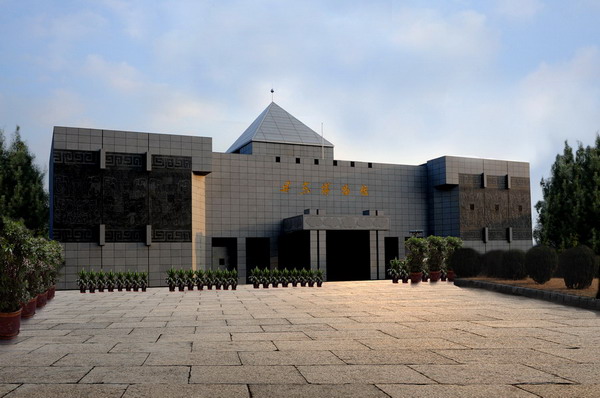 |
| Dandong Municipal Museum |
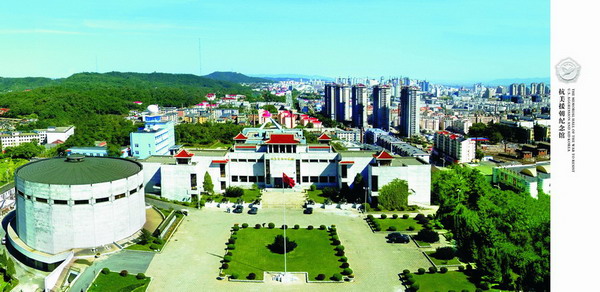 |
| The Memorial Hall of the War to Resist U.S. Aggression and Aid Korea |
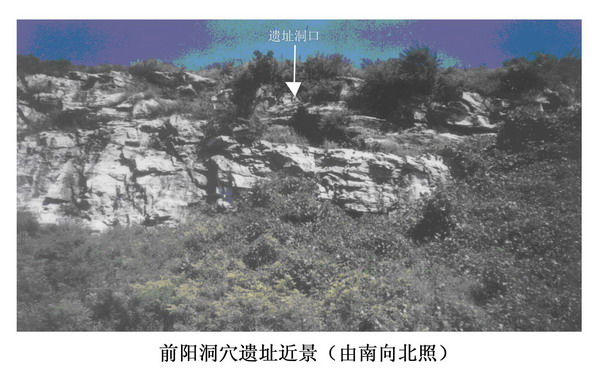 |
| Historical Site: Qianyang Cave |
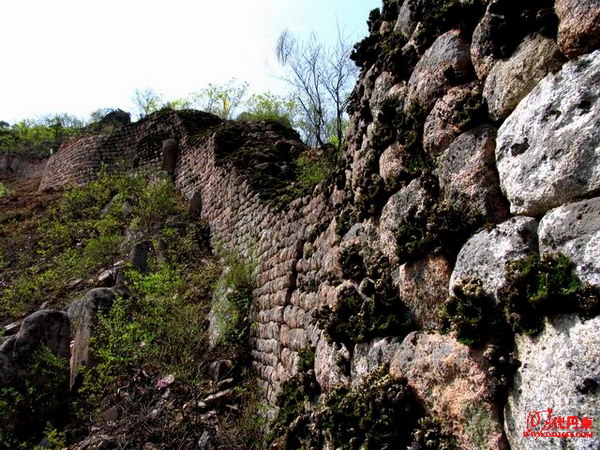 |
| Phoenix Mountain: under national-level protection |
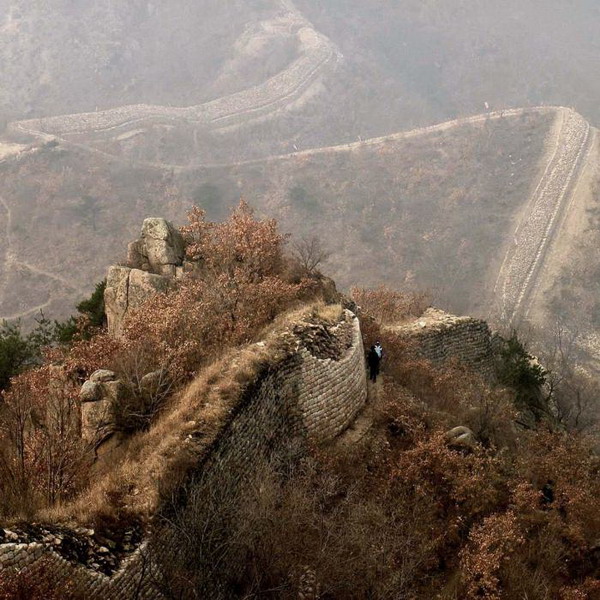 |
| Phoenix Mountain: under national-level protection |
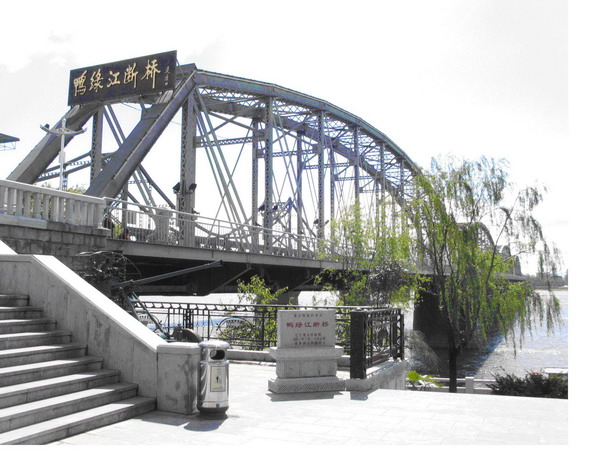 |
| Damaged Yalu River Bridge: under national-level protection |
|
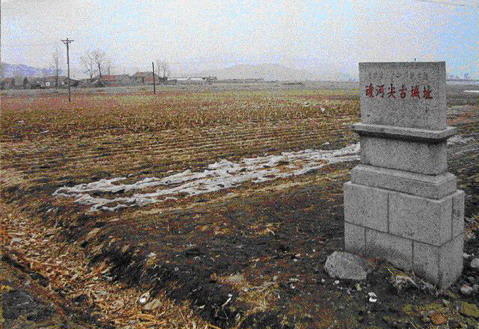
|
| The old city site along Aihe River, Dandong |
|